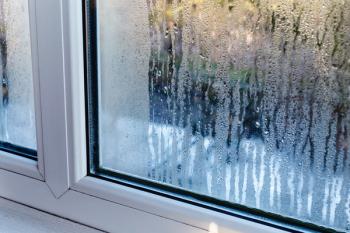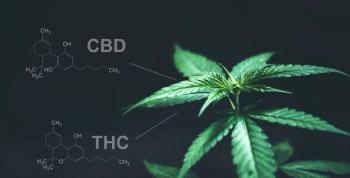
Oh, by the way...Can you give me a sleeping pill?
How many times has a patient said, "Oh, by the way, doctor..." just as you're leaving the exam room? This column will help you quickly triage those seemingly offhand yet clinically significant encounters.
Poor sleep is a common complaint in middle-aged women. Sleep efficiency declines with age, beginning at about age 40.1 It is unclear how much of this is age-related and how much is related to hormonal changes associated with the menopausal transition. In perimenopausal women, hot flashes can disrupt sleep.
Gauging sleep efficiency
When taking a basic history for sleep difficulties, be sure to ask the following questions:
It's a common misconception that alcohol facilitates sleep. When insomniacs are compared to women without self-reported sleep problems, however, the insomniacs are much more likely to smoke in bed and to drink alcohol at bedtime.4
Sleep apnea is a common cause of sleep disturbances and daytime sleepiness in women.5 Obesity-particularly "apple"-shape obesity-a short neck, and a diagnosis of polycystic ovary syndrome all are associated with sleep apnea. If you suspect that a patient has sleep apnea, have her worked up with an overnight sleep study. Progesterone therapy and nasal continuous positive airway pressure (CPAP) are useful treatments. Weight loss can also improve the condition, but is more difficult to achieve.
Counseling a healthy woman
What should you do for the healthy patient who seems to be experiencing some age or hormone-dependent reductions in sleep efficiency? Counsel her to practice basic sleep hygiene:
To facilitate sleep, advise your patient to:
First-line treatment
Newsletter
Get the latest clinical updates, case studies, and expert commentary in obstetric and gynecologic care. Sign up now to stay informed.











